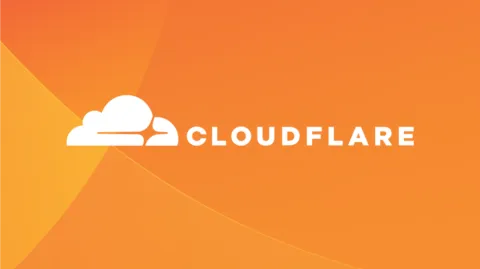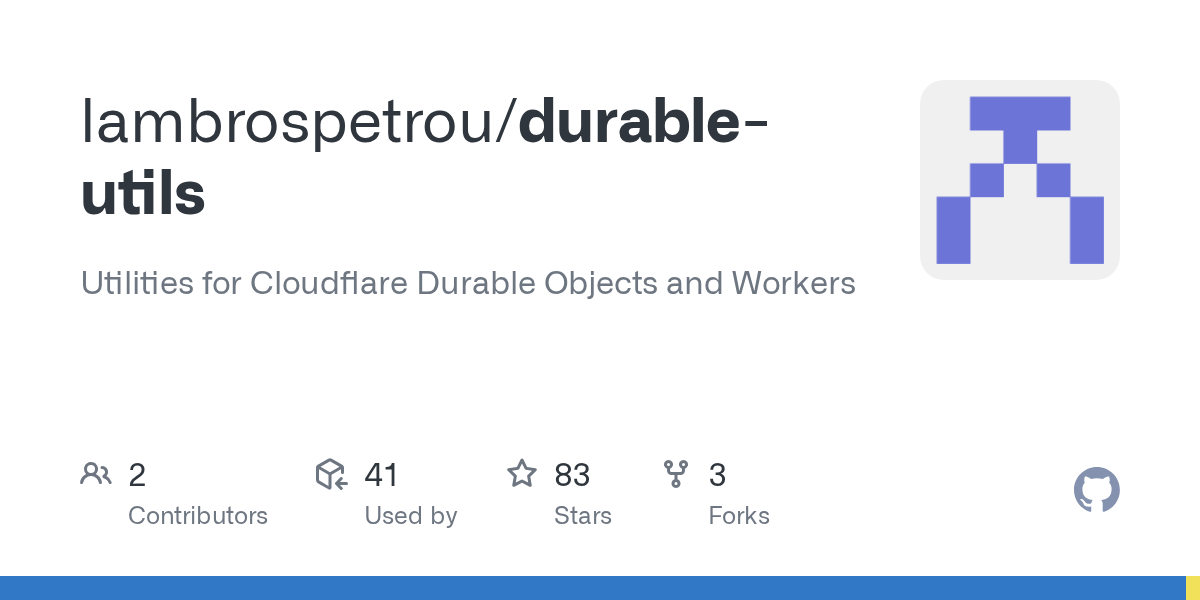Hey! I have a general architecture
Hey! I have a general architecture question - I have a bunch of always on, always connected iot devices that I need to be able to send commands to. For security reasons, we don't want these to have open endpoints do we're experimenting with having them open websockets to durable objects. We Jeff to have a UI be able to send and receive commands from the devices, so have started opening websockets from the UI to the durable object worker. It seems a little brittle, as we sometimes lose connection to the devices. Does this sound like a reasonable architecture, or is there a better way to approach this project?
Additionally, we'd like to monitor the connections but each device is attaching to its own DO. Any suggestions on how to monitor across a collection of them or a better way to do it?
Additionally, we'd like to monitor the connections but each device is attaching to its own DO. Any suggestions on how to monitor across a collection of them or a better way to do it?

